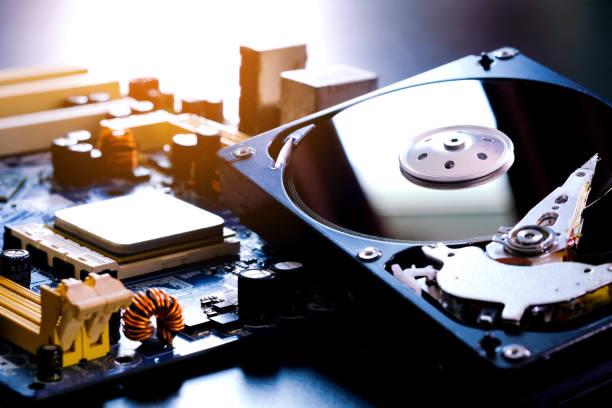A failing hard drive can be a serious red card and warning for a likely system crash and data loss. It is said that the risk of hard drive failure becomes more eminent after three years of use and can become more adverse when the drive is exposed to external shocks such as humidity and changing temperatures.
This should worry you, especially if you do not have a backup to your files on other devices that would make it easier to restore drive or recover deleted files on Mac. Follow the link if you want to retrieve data from an external drive on Mac. This article will show you three signs of a failing hard drive and then discuss some of the few things you can do to make your files safe.
1. Slowing Computer, Frequent Freezes, And Blue Screen Of Death
These signs may equally be caused by several factors different from hard drive failure. However, if you notice any of these problems after a fresh installation or when your Windows is in Safe Mode, the culprit is a bad hard drive and possibly a failing one.
You can perform several diagnostic checks to eliminate an issue with your hard drive. We, however, recommend that you start by running your system’s Self-Monitoring, Analysis, and Reporting Technology (SMART) data. Please note that Windows may be unreliable in predicting hard drive failure, and you may experience some form of system malfunction before a SMART warning kicks in.
You can also check the SMART status of your drive using third-party software such as Disk Drill by CleverFiles. You only need to install the software, launch it and select the hard drive to run the diagnostics. It is advisable to back up your data before performing these checks to avoid losing important files.
2. Corrupted Data And Accumulating Bad Sectors
There are many ways through which corrupted data may manifest in your computer. We show you some acute symptoms to look for as indicators of a gradually failing hard drive.
- Disappearing files or folders
- Files that fail to open
- Corrupted data within your files
- Scrambled file or folder names
- Random error messages, especially when opening, moving, or saving files
Data may get corrupted when being created or even during storage. It may be a result of a virus or due to bad sectors in your hard drive.
Bad sectors are small sections on the surface of your hard drive that do not maintain the integrity of your data. Windows systems may mask bad sectors and make them unnoticeable unless you experience an issue with corrupted files. If your hard drive begins to fail, it may have several bad sectors. You can try to recover data from an external hard drive or your computer’s drive before checking for bad sectors.
With a Windows command tool known as CHKDSK, you can seamlessly recover lost files from bad sectors and even exclude them from future use. Here are the steps for a quick scan:
Step 1: Press “Windows + E” to open File Explorer
Step 2: Navigate to “This PC”
Step 3: Right-click the failing hard drive or partition and select “Properties”
Step 4: Switch to “Tools” and tap “Check.” If after tapping “Check’ Windows notifies you that “You don’t need to scan this drive,” click “Scan drive” to run the tool anyway. Once the scan ends, choose to fix any errors found.
Please note that a deeper CHKDSK scan will take much longer to complete and will eventually require a reboot. This may require you to spare your PC for the whole night and day! To do this;
- Right-click “Start” to open Administrator Command Prompt and then select “Command Prompt (Admin).”
- Run the command “chkdsk/r c:” (for your C: drive) to complete data recovery and fix errors
- If queried, enter “Y” to allow CHKDSK to run once you restart the computer
3. Strange Sounds
When you start hearing a strange sound coming from your hard drive, it is a good sign that the drive will have begun to fail. Generally, a repetitive sound referred to as “click of death” will be caused by the dead trying to write data, then failing and returning to its home position before trying again and again. Sometimes you may hear grinding or screeching noises, which may indicate that the drive’s hardware, such as bearings, is failing.
Final Thought
External hard drive data recovery or retrieving your files after internal hard drive failure may be challenging. However, if you notice the signs early enough, you can pick the most appropriate method to tackle the issue and protect your hard drive and data.




